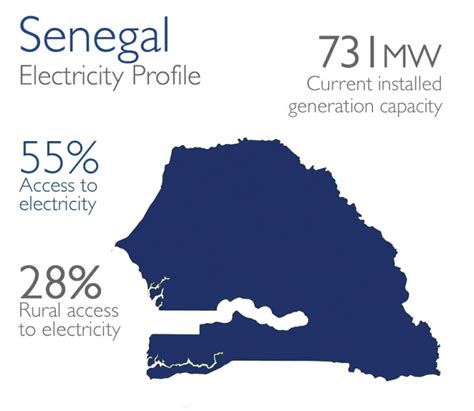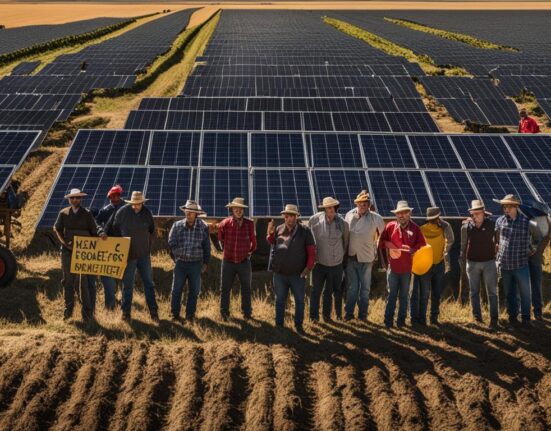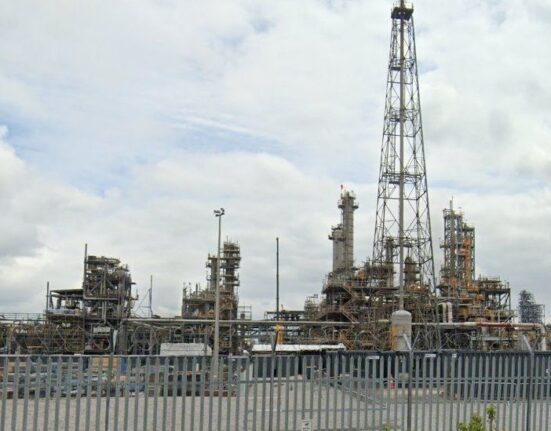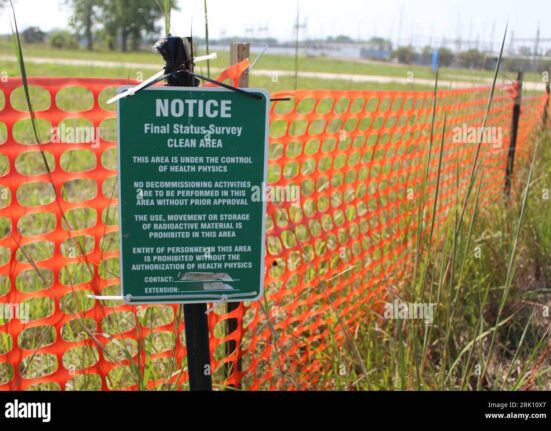Energy efficiency in Africa is not just a buzzword; it’s a crucial goal that countries across the continent are striving to achieve. The African Union (AU) has set ambitious targets, aiming for a 50% increase in energy productivity by 2050 and an even more impressive 70% by 2063. These goals were underscored at COP29 in Baku, Azerbaijan, where key initiatives like the African Energy Efficiency Programme (AEEP) and the African Energy Efficiency Alliance (AEEA) were launched.
The AU’s collaboration with the European Union (EU) further highlights the commitment to creating a fully integrated and harmonized energy market in Africa. This partnership aims to enhance energy access for all African citizens while accelerating sustainable development throughout the continent. Underpinned by initiatives like the African Single Electricity Market (AfSEM), the Continental Power System Master Plan (CMP), and ongoing development of the African Energy Efficiency Strategy (AfEES) and Action Plan, these efforts signal a significant step towards a more energy-efficient future.
### Driving Change Through Innovative Projects
One such groundbreaking project making waves in Senegal is the
“Programme to Promote Efficient Lighting Lamps”
(PPLEEF). Recently approved by the African Development Bank (AfDB), this initiative marks a milestone as it focuses on demand-side energy efficiency investment. By replacing outdated incandescent bulbs with modern LED lighting, PPLEEF is poised to bring substantial energy savings to nearly 700,000 households and 80,000 small businesses across several regions in Senegal.
### Transforming Energy Usage Through Innovation
Central to PPLEEF is its innovative on-bill financing model that allows consumers to repay the cost of new lighting through monthly energy savings. This approach ensures accessibility and affordability for participants while reducing energy demand during peak hours. Jalel Chabchoub from AfDB emphasized how this project sets a benchmark for sustainable development not just in Senegal but potentially across Africa.
### Ripple Effects Beyond Borders
The impact of projects like PPLEEF extends beyond immediate benefits. By reducing overall energy consumption, such initiatives alleviate pressure on existing power infrastructure, delaying costly investments in new plants during peak demand periods. Mame Coumba Ndiaye from Senegal’s Agence pour l’Économie et la Maîtrise de l’Énergie highlighted how these efforts translate into tangible benefits for households and businesses alike.
Dr. Amani Abou-Zeid, Commissioner for Infrastructure and Energy at the AU Commission, reiterated that achieving these ambitious energy productivity targets will require collaborative efforts spanning governments, businesses, academia, civil society, and development partners.
### Shaping a Sustainable Future Through Collaboration
Partnerships play a pivotal role in advancing Africa’s energy efficiency agenda. The newly established African Energy Efficiency Alliance (AEEA) serves as a collaborative platform for knowledge sharing, advocacy research ,and fund mobilization toward efficient programs across Africa . Carla Montesi from EU Directorate-General stressed global collaboration as imperative to meet these goals effectively .
Africa faces unique challenges concerning energy access due to its growing population and rapid urbanization trends . However , there lies immense potential within renewable resources coupled with efficient utilization strategies .
In conclusion , initiatives like PPLEEF are harbingers of change paving way towards sustainable growth fostering clean-energy transitions shaping brighter future ahead.









Leave feedback about this